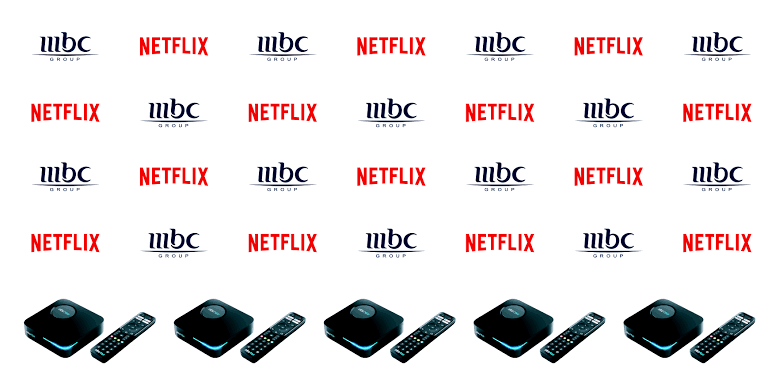Netflix announced plans for a less expensive, advertising-supported subscription, hoping that a $6.99/month alternative for customers can maintain its earnings in increasingly difficult economic times. When the company’s once exploding subscriber growth turned into reverse as a symptom of market saturation in North America, Reed Hastings, chief executive, changed his previous resistance to advertising support early this year.
Netflix has renamed this membership level “Basic with Ads” and made it clear that the current Basic plan will continue to be ad-free. Therefore, it will now be referred to as “Ad-free Basic.”The new ad-supported service, launching in November, will “expand membership and produce a substantial additional income and profit stream,” said Netflix COO Greg Peters.
Read also: Netflix introduces in-game IDs for iOS and Android gamers
How Netflix’s new cheaper plan works
According to Netflix’s report, this plan’s pricing varies by location; the “Basic with ads” bundle will be on sale for £4.99 in the UK and $6.99 in the US.
There are now three levels of Netflix membership: “Basic,” which costs £6.99 per month, “Standard,” which costs £10.99 per month; and “Premium,” which costs £15.98 per month. Therefore, a Netflix user who switches from “Basic” to “Basic with ads” would save around £24 annually, while a user who switches from “Standard” to the new tier will save about £72 annually.
Which countries will Netflix begin offering advertising memberships in?
With ambitions to eventually extend to additional regions, Netflix will first introduce the new subscription tier in 12 nations. Along with the US and UK, it will also arrive in Australia, Brazil, Canada, France, Germany, Italy, Japan, Korea, Mexico, and Spain.
As they “learn from and enhance the experience,” Netflix claims that they intend to launch in additional countries over time. While Netflix subscribers on the new plan will save a bit of money, there won’t be as many movies and TV series to watch, which the platform is attributing to licensing issues.
Netflix’s subscriber warning this year alarmed investors, who detest growth-at-all-costs streaming conflicts. Disney Plus will launch a $7.99 ad-supported tier in December while raising ad-free prices. Hulu, Paramount Plus, and Peacock are ad-supported. The image quality will also be slightly reduced, and subscribers on the new advert tier won’t be able to download content to their devices.
How many minutes of ads will there be on Netflix?
The streamer has confirmed that viewers will be shown five minutes of ads for every hour of content. This is slightly less than commercial TV channels, which usually run an average of seven minutes of ads an hour. Adverts will be 15 or 30 seconds in length and will play before and during series and films. The ads will be targeted by country and genre, with advertisers able to prevent their ad spots from appearing on content that doesn’t match with their brand.
Morgan Stanley thinks Netflix may earn $3bn a year from advertising in 2026, with the majority coming from users moving down from ad-free tiers.
For advertisers, this means more premium video ad impressions globally, and Morgan Stanley analysts predict high demand. No solid examples exist to predict Netflix’s expansion.
While Hulu has switched from ad-funded to subscription tiers, no video company has introduced a cheaper ad-based offering while keeping subscription costs unchanged.
Netflix has announced that Microsoft would control the advertising, so we anticipate appropriate adverts. Some material is limited due to licensing difficulties.
















